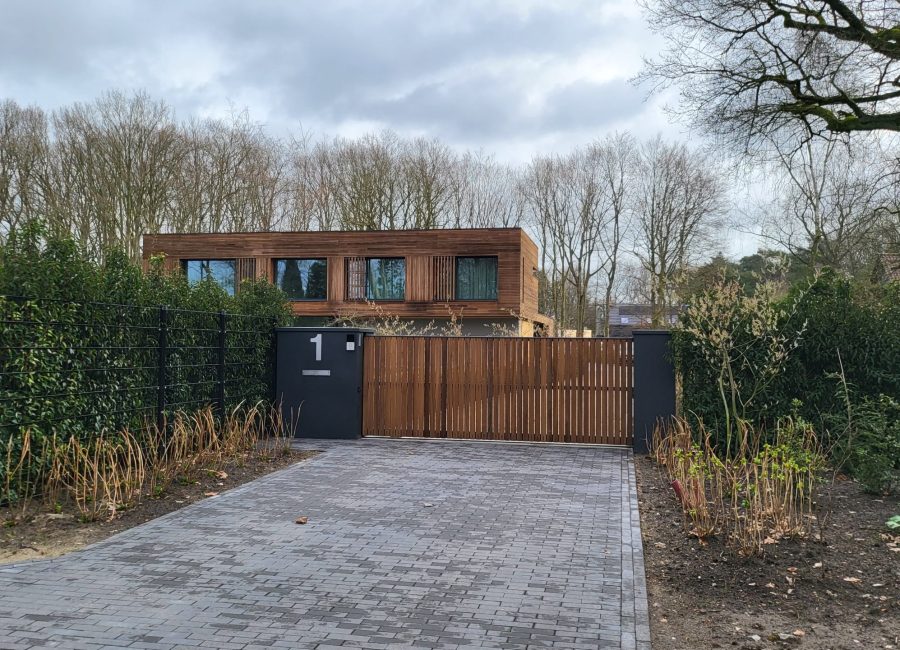The construction industry accounts for nearly 37% of global energy-related CO₂ emissions (UNEP & Global ABC, 2022). While much of the focus has been on creating energy-efficient building operations, there is growing recognition that embodied carbon, the emissions from producing and maintaining building materials must also be addressed. This movement has led architects and builders to increasingly seek natural, durable materials that can both store carbon and withstand the test of time.
An increasingly recognized solution is thermally modified hardwood, which becomes more durable, stable, and weather-resistant through heat treatment without chemicals making it ideal for low-emission building design. At TIMBRA Tech®, we have witnessed how the combination of hardwood and advanced thermal modification technology can deliver both high performance and contribute to sustainable development goals.
.
Beyond Harvest – Carbon and the Lifespan of Wood
Wood is unique among construction materials; it is carbon-negative at the point of harvest, storing atmospheric CO₂ captured during tree growth. That carbon remains locked in as long as the material is in use.
Durability is central to this benefit. Exterior hardwood, for example, can last 10 – 20 years before replacement is needed, each replacement bringing new emissions from harvesting, manufacturing, and installation. Extending service life, therefore, directly reduces a building’s long-term embodied carbon footprint.
.
Untreated vs. Thermally Modified Hardwood: A Lifecycle Perspective
Thermal modification alters the structure of wood at the molecular level using heat and steam. The result is a material that exhibits improved decay resistance and dimensional stability, making it suitable for demanding outdoor applications.
There is a significant difference between the carbon performance of untreated and thermally modified hardwood. In outdoor settings, untreated hardwood will likely require at least one full replacement within a building’s lifespan. Thermally modified hardwood, on the other hand, can often last the entire lifespan of the building, and sometimes even longer, with minimal maintenance.
Because of its extended lifespan, thermally modified wood effectively reduces the carbon cost per year of service and lowers emissions associated with manufacturing, transportation, and maintenance.
Another advantage supporting the use of thermally modified hardwood is that the process involves no chemicals, ensuring the wood remains safe for reuse or energy recovery at the end of its life cycle. This aligns with the principles of the circular economy keeping resources in productive use for as long as possible and ensuring materials are disposed of in ways that prevent environmental harm.
.
TIMBRA Tech®: Performance and Sustainability in Every Line
The Timbra Advance, Timbra Performance, and Timbra Excellence product lines embody all these advantages, offering architects, builders, and designers thermally modified hardwood solutions that combine durability, aesthetic appeal, and genuine sustainability for a low-emission future.

